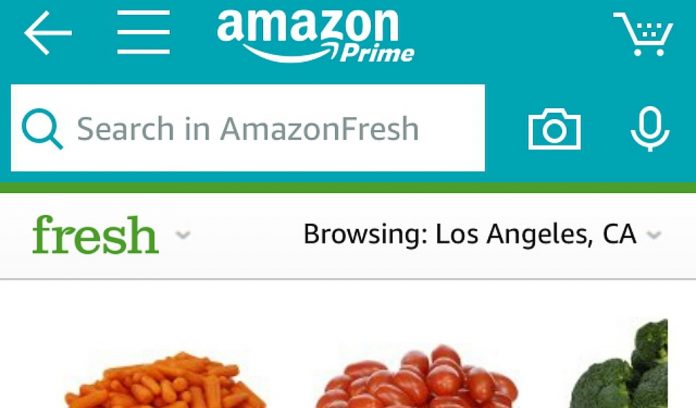The business world — and beyond — was abuzz with the June 16 announcement that Amazon was buying Whole Foods for a ballpark $14 billion.
I live in rural eastern Ohio, and the closest Whole Foods stores are more than an hour away in Pittsburgh and Cleveland. So I’ve never set foot in a Whole Foods store and am certainly no expert as to its product line or marketing strategy. But from what I’ve read, the chain is geared toward more affluent, urban consumers and what The Atlantic magazine called “yuppie groceries.” In other words, I’m not the Whole Foods target consumer.
But I am an Amazon customer, one who has expanded from an occasional purchase to now having a subscription for my cat food (I know, right?).
So now you have Amazon, an online commerce giant that disrupted retail sales forever, expanding into brick-and-mortar grocery stores. Make that retail stores in general, because I’m pretty sure it won’t stop at food.
Actually, Amazon had also introduced a different kind of store in December, called Amazon Go. Hold onto your hats, because some of you won’t believe this concept.
Using their Amazon Go app on your smartphone, you walk into the store, scan a QR code, grab a product, and walk out of the building without standing in a checkout line, without digging for your wallet. When you leave the store, Amazon automatically charges your account and sends a receipt to your phone. The company says the technology can even sense if you change your mind and put something back.
It opened an Amazon Go store for its employees in Seattle earlier this year, and when it’s done with its beta testing, it will be open to the public.
Who knows what Amazon will bring to their Whole Foods chain purchase, which still has to get the blessing of the Federal Trade Commission.
As part of a larger discussion of innovation at last month’s Alltech Ideas Conference in Lexington, Kentucky, Aidan Connolly, Alltech’s chief innovation officer, said up to 30 percent of consumers do not buy products, even groceries, based on price or availability — they’re using characteristics. Time, organic, local, a source, an experience.
“The large model is dead,” Connolly said, adding supermarkets will go by the wayside in five to 10 years when the last person who can’t/won’t use a smartphone dies.
No one loves grocery shopping (at least I don’t). So there might be something to that “experience” to lure my food dollars.
But the bigger ticket is food delivery. Because people like me hate shopping for groceries, and because we’re fundamentally lazy, Amazon and other companies are exploring home deliveries of groceries in a big way, too.
Some sources are saying the Whole Foods purchase wasn’t so much about the retail stores, as it was about the physical locations of those stores — locations that can be turned into Amazon’s distribution hubs, too. Maybe you buy online and pick up at a Whole Foods location. Or online shopping and home delivery could save a consumer two to three hours a week.
What does that mean for us in agriculture? I’m not exactly sure. Whole Foods had worked with local farmers to provide some products to individual stores, so I don’t know what Amazon will do with that program.
I think removing the consumer from the physical grocery store is another step in removing them from the complete food chain — hey, food doesn’t come from the farm, or from the grocery store, it just shows up at my doorstep.
All this at a time when consumers have never cared more, nor known less, how their food was produced.
















